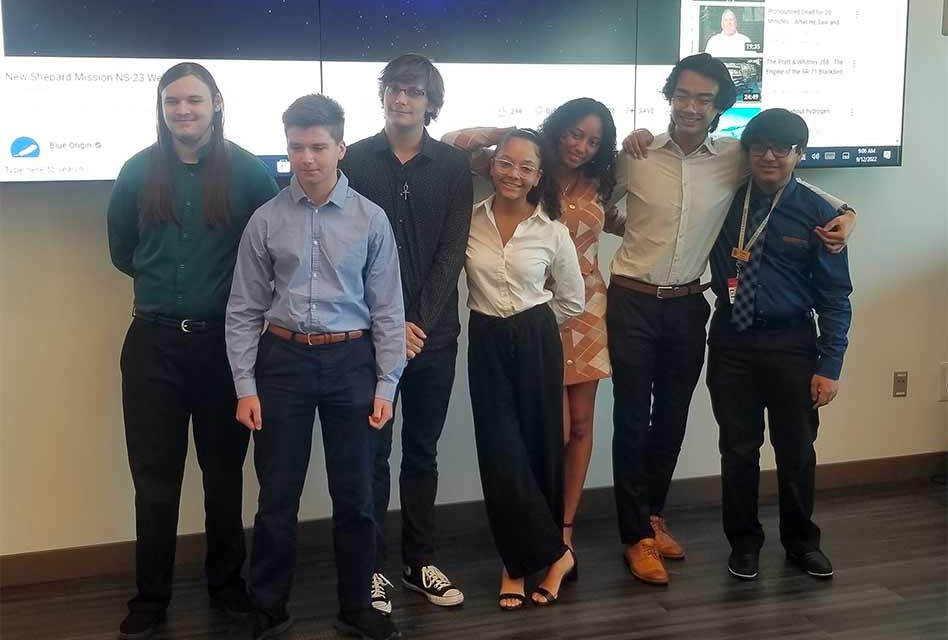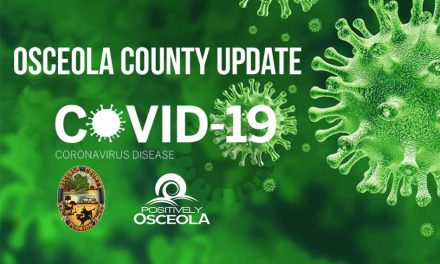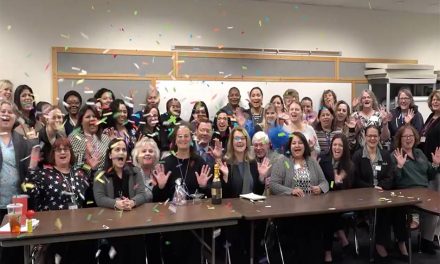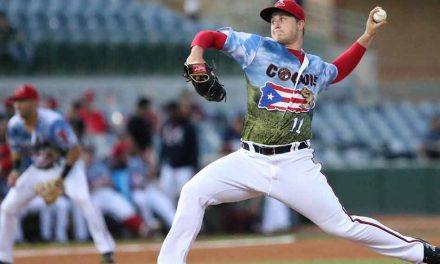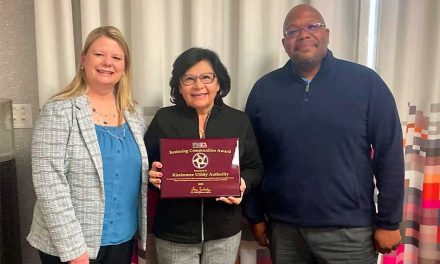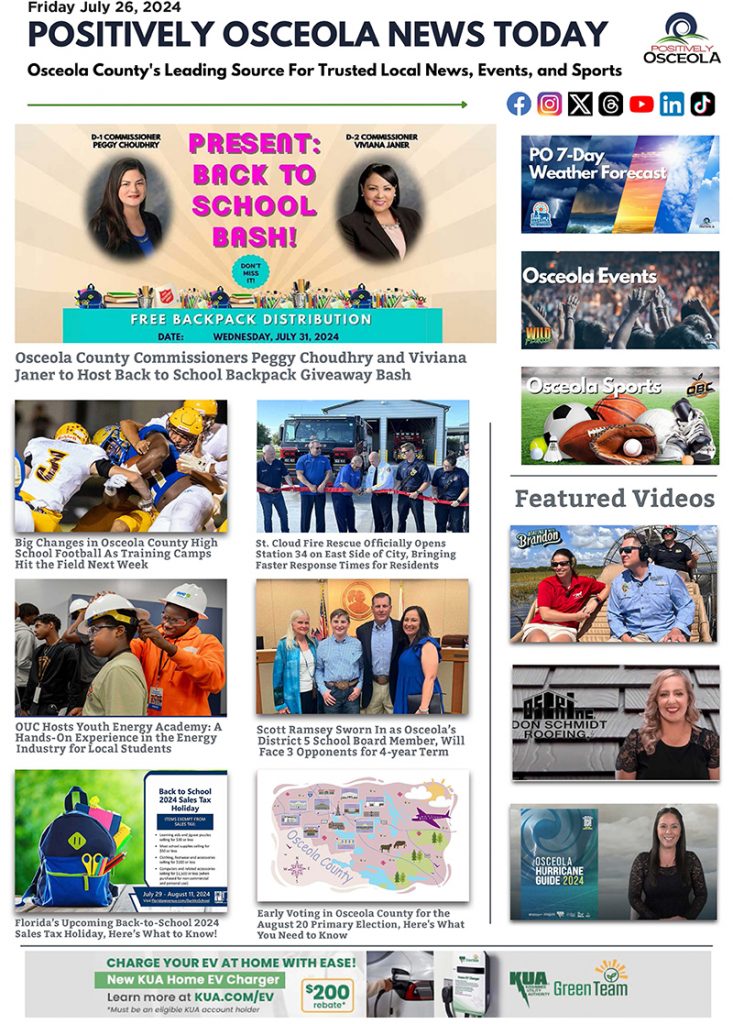NeoCity Academy in Kissimmee was filled with excitement, hope, and high expectations on Monday morning as students, teachers, and school admins came together for a “watch party” for Blue Origin’s 23rd launch of its New Shepherd rocket. That after a week of previous launch attempts by Blue Origin in Texas that ended in scrubs because of unacceptable weather conditions.
The launch, entitled NS-23, was different then others on Jeff Bezos’ New Shepherd rocket. There were no humans were aboard. Instead, the capsule was filled with over 24 experiments, one of those experiments being a three-minute experiment into microgravity to test the effects of gravity on ultrasonic sound waves developed by 7 students from NeoCity Academy.
The experiment was focused on investigating ultrasonic sound waves and their behavior in space. The students were hoping that the findings would lead to further future discoveries about other types of waves.
“Essentially, the launch goes in a little bell shape. It goes all the way up where it experiences mild increments of apogee until we get as closed to zero G as possible. It was supposed to stay there, suspended for three-minutes before it came back down,” NeoCity student Elise Eccheverry shared with Positively on Monday.
Unfortunately, the New Shepard rocket was barely a minute into its flight as it neared Max Q, when yellow flames suddenly shot out from around the rocket’s engine. The New Shepard’s capsule’s emergency launch abort system worked just as designed and instantly fired, lifting the capsule off of the rocket and off to a safe distance before the rocket exploded. The commentator went quiet before saying, “It appears we’ve experienced an anomaly with today’s flight. This wasn’t planned.” The New Shepherd capsule then parachuted onto the Texas desert floor.
“Our experienced an anomaly, and personally a bit disappointed that did happen because we were preparing for a year or two, and there were lots of holds due to weather in Texas,” NeoCity student Cyan Ang said after the launch failure.
There were thirty-six experiments on board looking to be exposed to a few minutes of weightlessness. Mostly from students, including those from NeoCity. Unfortunately, the mission failed to accomplish that goal.
“I’m looking to go into some sort of aerospace career, so being able to work on an experiment, and fully integrate the payload and put it in a rocket, I think is going to really start my passion toward that career,” ‘Homolog22’ NeoCity biology team member Jadon Duff shared. So, while I am disappointed, I’m looking forward to launching it again.
It was the 23rd flight for the New Shepard program, named after the first American in space, Mercury astronaut Alan Shepard.
Other experiments in the capsule included John Hopkins University Applied Physics Laboratory, NASA Armstrong Flight Research Center, and the University of Florida.

